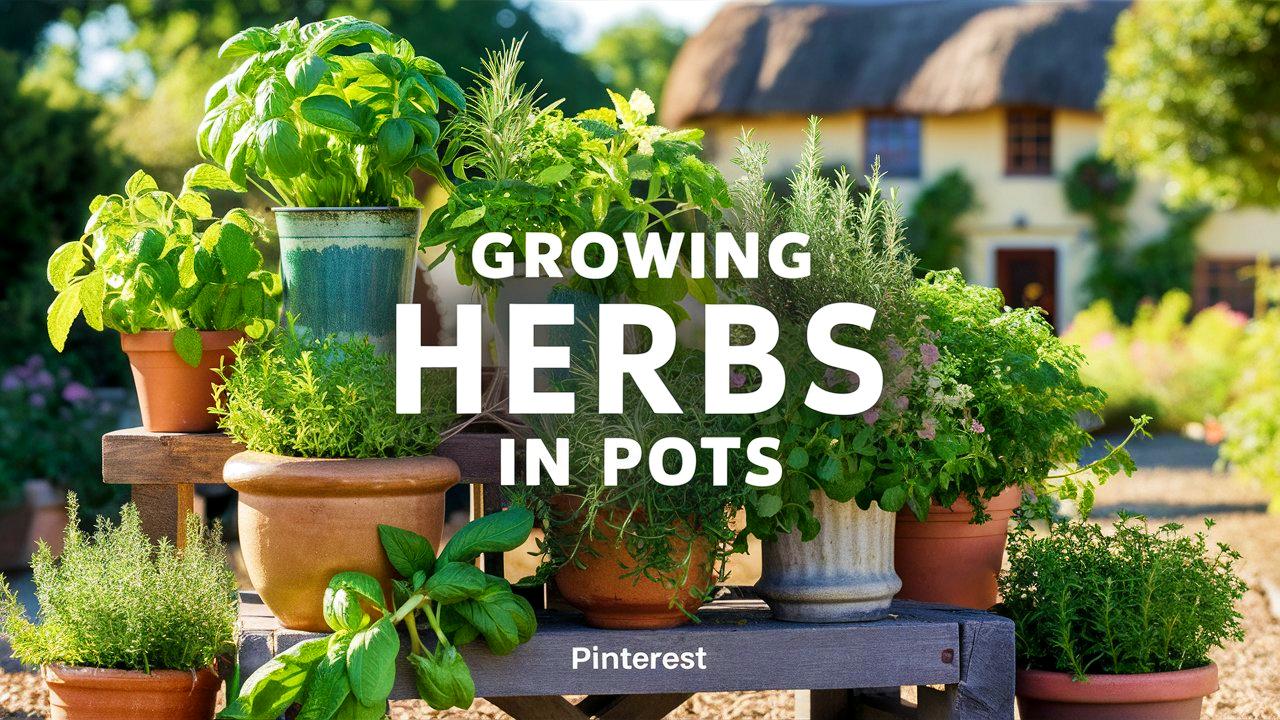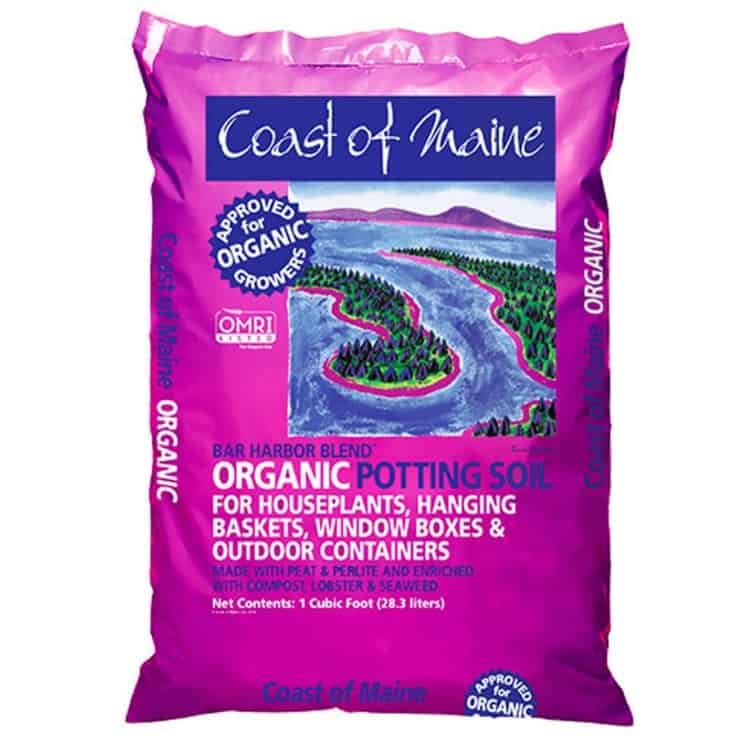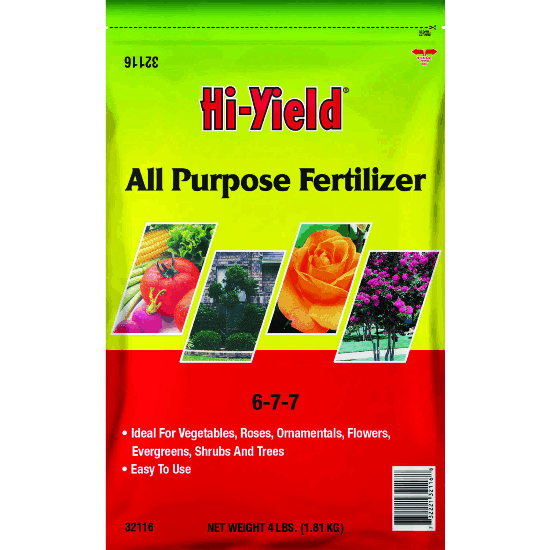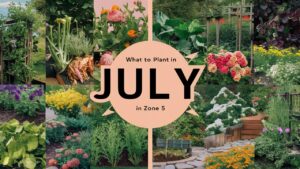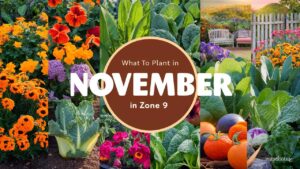Growing herbs in pots and containers is a rewarding and satisfying venture that can enhance your cooking and elevate your home environment. Not only do potted herbs provide fresh flavors and aromas, but they also add beauty to your patio, balcony, or kitchen.
In this comprehensive guide, we will walk you through the essentials of container gardening, explore the benefits of growing herbs, discuss the types of herbs that thrive in pots, and provide insightful tips for their care and maintenance.
The Benefits of Growing Herbs in Containers
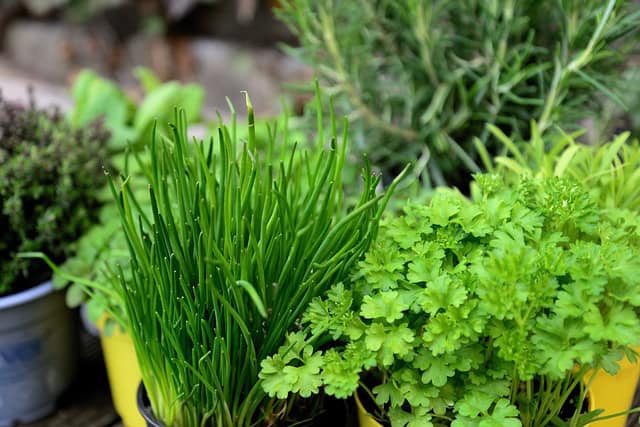
Growing herbs in pots or containers comes with a plethora of advantages, especially for those with limited space or access to garden beds. Here are some of the most significant benefits:
Space Efficiency: Container gardening is perfect for those living in apartments or homes with small gardens. You can set up your herb garden on a balcony, patio, or even a sunny windowsill.
Control Over Soil and Drainage: When growing in pots, you have the control to select the type of soil used, ensuring that your herbs receive the best nutrients. Proper drainage can also be easily managed, reducing the risk of root rot.
Mobility: Containers can easily be moved around to capture sunlight or to protect plants from harsh weather. This mobility allows you to respond to changing conditions and provides flexibility in your gardening efforts.
Extended Growing Season: By bringing containers indoors or moving them to sheltered locations, you can extend the growing season, especially in colder climates. This means you might enjoy fresh herbs long into the winter months.
Pest and Disease Management: Growing herbs in containers helps to isolate plants from potential pests and diseases found in ground soil. This can lead to a healthier herb garden overall.
Aesthetics: Container gardening allows for creative expression. You can choose beautiful planters that match your decor or use decorative pots to add visual interest to your space.
Choosing the Right Containers
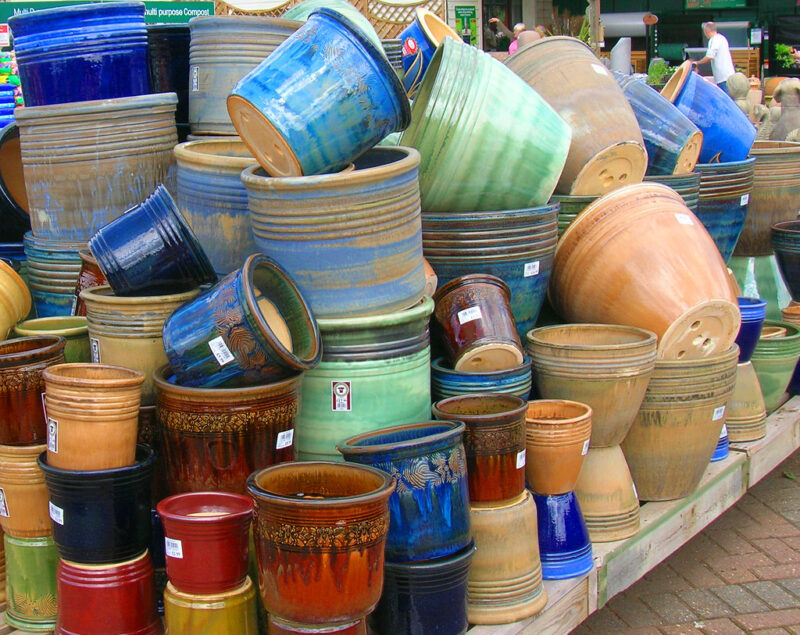
When selecting containers for your herb garden, keep the following key points in mind:
Size: Choose pots that provide enough space for the herb’s root system. A general rule is to use at least a 6-inch pot for small herbs, while larger herbs may require pots of at least 12 inches in diameter.
Material: Containers come in various materials, including plastic, clay, ceramic, and metal. Each has its pros and cons; for instance, clay pots are porous and allow for good air circulation but can dry out quickly. Plastic pots retain moisture longer but may lack aesthetic appeal.
Drainage: Ensure that your containers have adequate drainage holes at the bottom. This is crucial for preventing water from pooling, which can lead to root rot. If your chosen pots don’t have drainage holes, consider using a layer of gravel at the bottom or drilling your own holes.
Style: Opt for containers that fit your style and space. Hanging pots, window boxes, and tiered plant stands are excellent if you have limited ground space but want to create a vibrant herb display.
Essential Soil for Herb Containers
The right soil mix is vital for successfully growing herbs in pots. Aim for a lightweight, well-draining soil blend. Here are some options for mixing your own potting mix:
Use a Quality Potting Mix: A pre-made potting mix is often the simplest choice. Look for formulations specifically designed for container gardening, as they typically contain components like peat moss, vermiculite, and compost.
Modify for Drainage: If you want to create your own blend, you can combine equal parts peat moss, perlite, and compost. The perlite aids drainage, while compost provides essential nutrients.
pH Balance: Most herbs prefer a slightly acidic to neutral pH (around 6.0 to 7.0). Regularly check the pH of your soil to ensure your herbs are receiving optimal conditions.
Herbs to Plant in Containers
Now that we understand the basics of container gardening, let’s explore ten popular herbs that thrive in pots. Each herb has its unique growing requirements, care tips, and compelling reasons to include them in your garden.
1. Basil
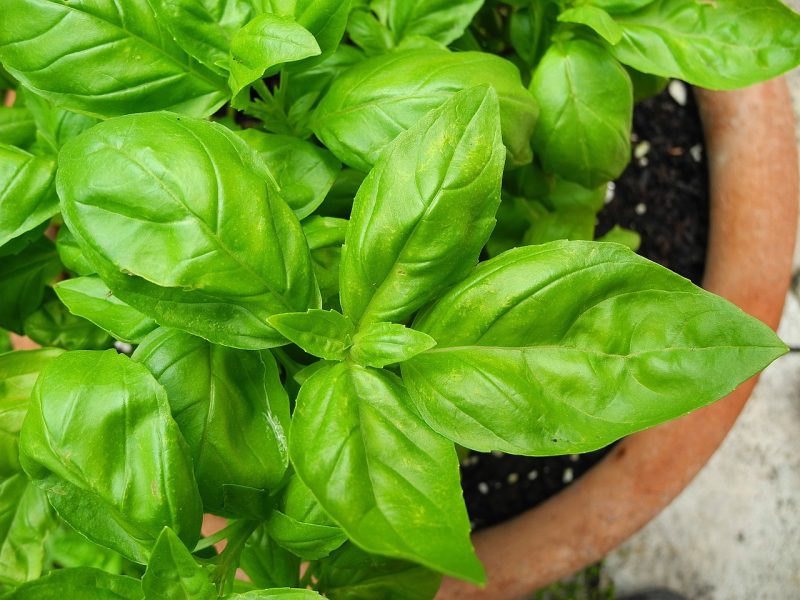
Growing Requirements: Basil loves warm temperatures and full sun. Aim for at least 6-8 hours of bright sunlight daily. This aromatic herb flourishes best during the warmer months, typically the summer.
Care Tips: Water evenly, allowing the top inch of soil to dry out before watering again. Regular pruning encourages bushy growth and prevents the plant from becoming leggy. One of the most compelling aspects of basil is its flavor; the more you harvest it, the more luscious and plentiful the growth becomes. When harvesting, snip the leaves just above the node to stimulate growth and enjoy your homegrown basil in fresh pesto, salads, or as a delightful garnish for pasta and pizzas. Its abundant leaves and sweet, slightly peppery taste make it a must-have in any herb garden.
2. Mint
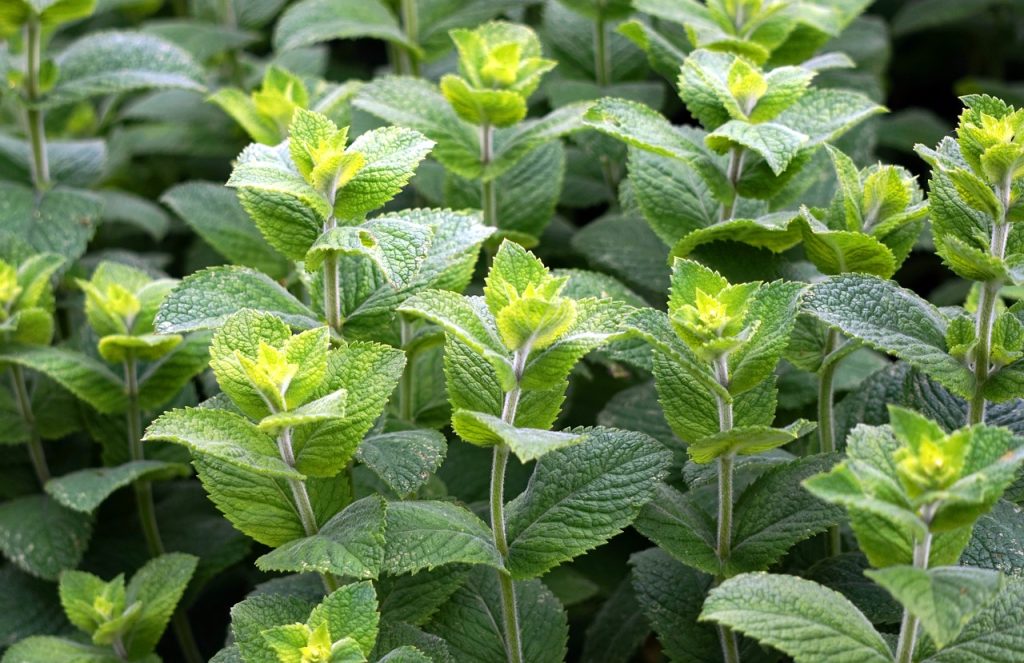
Growing Requirements: Mint is a hardy herb that enjoys partial to full sun but can also tolerate some shade, making it versatile for various gardening environments. It thrives in slightly moist soil and can grow rapidly, spreading out in any container.
Care Tips: Be cautious, as mint can be quite invasive. It’s best grown in containers to restrict its growth. Keep the soil consistently moist but be careful not to overwater it. Mint adds a refreshing touch to beverages, salads, and desserts, elevating the flavors with its cooling properties. Regular harvesting encourages the plant to grow more vigorously, and you can even create your own mint tea or infuse water for a deliciously refreshing drink. The scent of fresh mint is also invigorating, making it a delightful addition to your herb garden.
3. Rosemary
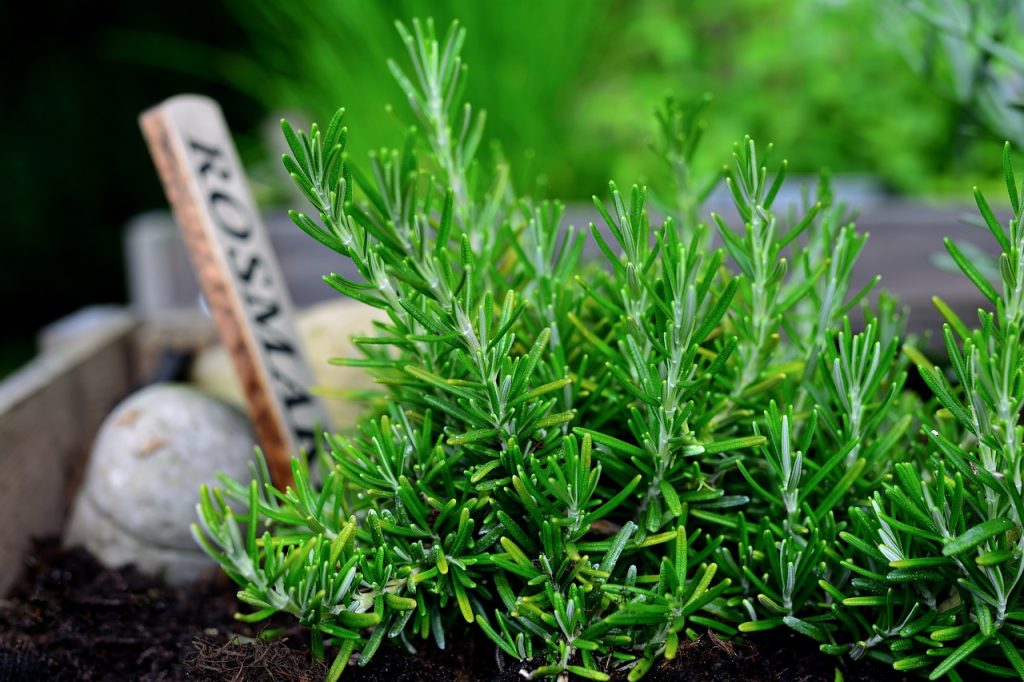
Growing Requirements: Rosemary thrives in full sun and prefers well-drained soil. This evergreen herb embodies a classic Mediterranean flavor that enhances a variety of dishes from meats to vegetables.
Care Tips: Allow the top inch of soil to dry out before watering, as rosemary is drought-tolerant and prefers dryer conditions over wet feet. Regular pruning keeps the plant healthy and encourages robust growth. The aroma of fresh rosemary is a bonus, grilling your meats with sprigs will not only infuse rich flavor but fill your space with its earthy scent. Consider making infused oils or using rosemary in roasted dishes; its flavor becomes more pronounced when combined with other ingredients. This versatile herb is a kitchen staple that pays off handsomely when grown right.
4. Parsley
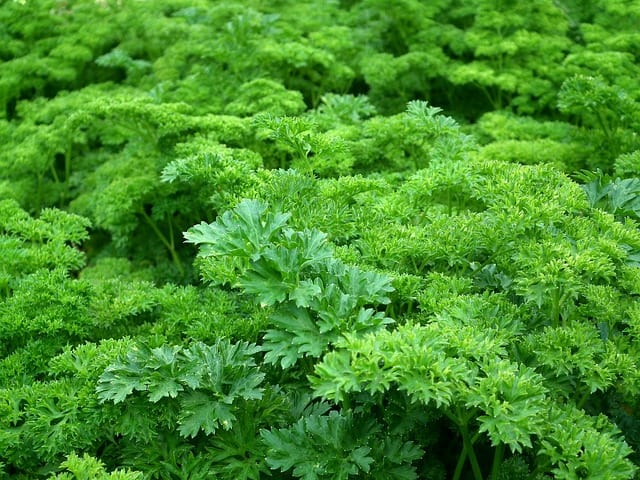
Growing Requirements: Parsley prefers partial to full sun and well-draining soil. It’s a biennial plant, meaning it can last for more than one growing season, allowing for continuous harvesting.
Care Tips: Keep the soil consistently moist, especially during the germination phase, which may take a few weeks. Regularly trim the leaves to encourage new growth. Parsley is not only a garnish but a powerhouse of nutrients, adding depth to everything from soups to sauces. Its bright green leaves can elevate any dish, and growing your own ensures that you’ll have a productive and fresh supply on hand for culinary creations. You can also make herbal teas or dressings packed with flavor when using fresh parsley.
5. Thyme
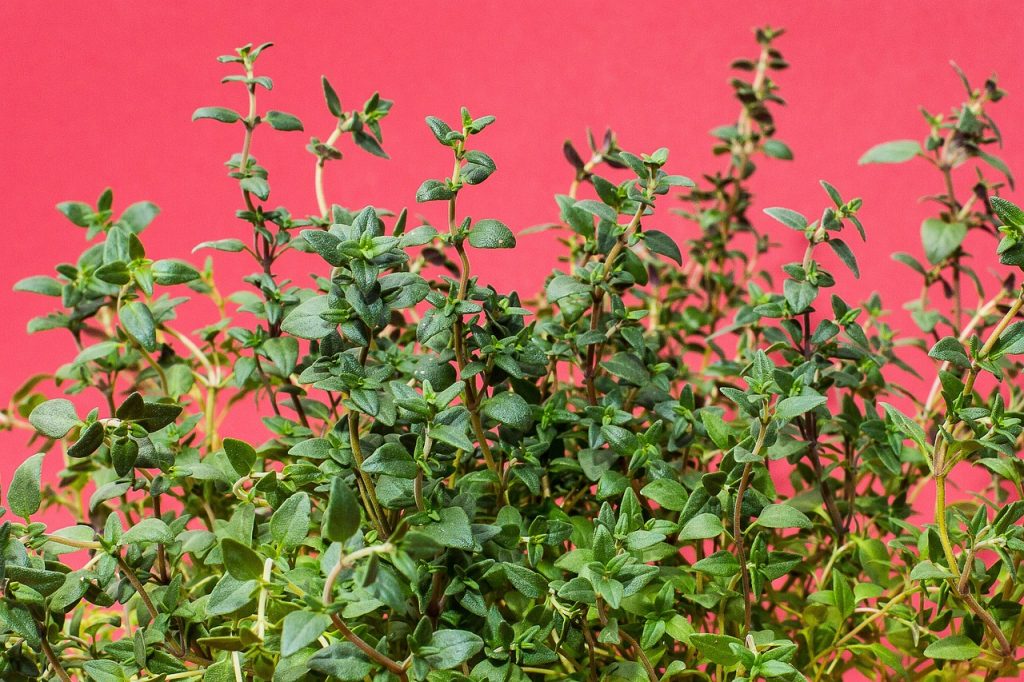
Growing Requirements: Thyme needs at least 6 hours of sunlight daily and thrives in well-drained, sandy soil. It’s a perennial herb that you’ll enjoy for years to come.
Care Tips: Allow the soil to dry out between watering. Thyme requires minimal fertilization; too much can lead to less aromatic leaves. Snip off the tops to promote bushiness and encourage a fuller plant. The deep, woody flavor of thyme complements dishes beautifully, enhancing everything from stews to roasted vegetables. Its ability to withstand drought makes it easy to care for, even for beginners. With its fragrant aroma and culinary versatility, thyme is a true champion of the herb garden.
6. Oregano
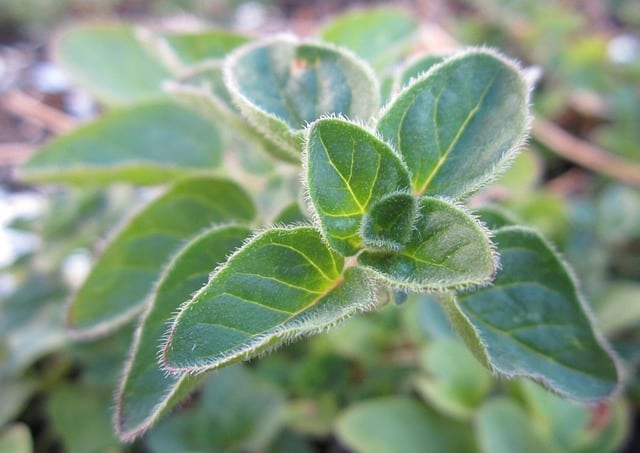
Growing Requirements: Oregano flourishes in full sun and prefers dry, well-drained soil. It is another perennial herb and a key ingredient in many Mediterranean dishes.
Care Tips: Water only when the top inch of soil feels dry. Oregano benefits from occasional pruning to maintain a compact shape and improve flavor. As a staple in Italian cooking, fresh oregano can elevate your pasta sauces, pizzas, and grilled meats, providing a robust flavor profile. This low-maintenance herb can be dried easily, ensuring you have a supply year-round. The scent of freshly harvested oregano is intoxicating, making it an aromatic addition to your kitchen.
7. Chives
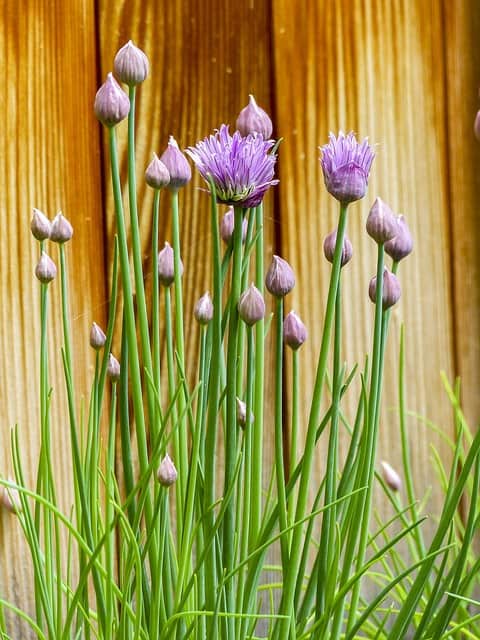
Growing Requirements: Chives enjoy full sun or partial shade and adapt well to various types of soil, making them one of the easiest herbs for beginners to grow.
Care Tips: Keep the soil consistently moist, ensuring that you don’t let it dry out completely. Regular harvesting of the leaves encourages new growth and a more robust plant. Chives bring a mild onion flavor that pairs well with salads, soups, and omelets. Their bright green stalks also add a pop of color to your dishes. You can enjoy the delicate purple blooms in late spring, which are not only beautiful but also edible! Chives can add a gourmet touch to your meals while being incredibly easy to maintain in your container garden.
8. Cilantro

Growing Requirements: Cilantro thrives in cooler weather and prefers full sun or partial shade. It does best in well-draining soil and is usually grown as an annual.
Care Tips: Water regularly to keep the soil moist but not soggy. Cilantro has a quick lifecycle, usually going to seed within a few months, so plan to replant if you want a continual supply. This culturally significant herb adds a fresh and vibrant flavor to salsa, guacamole, and Asian dishes. Its crisp, light taste can make even the simplest preparations shine. If you let cilantro bolt and go to seed, you can also harvest coriander seeds—the spices of the culinary world that are indispensable to many recipes. Enjoy the benefits of both leaves and seeds from this delightful herb!
9. Dill
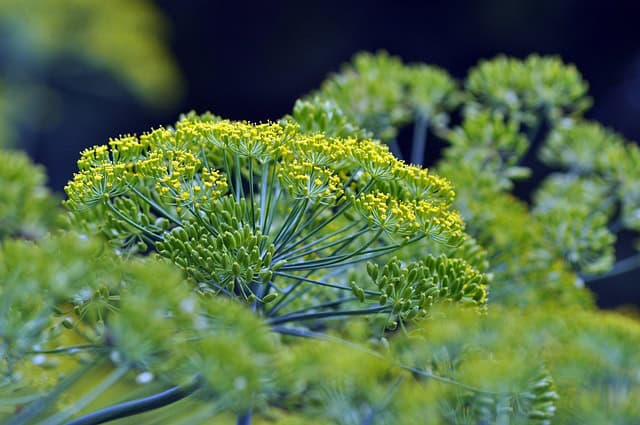
Growing Requirements: Dill prefers full sun and well-drained, nutrient-rich soil. It’s an annual herb with a delicate flavor profile.
Care Tips: Water regularly but ensure the soil drains well. Dill is prone to bolting in hot weather, so consider planting it in cooler seasons. Its feathery leaves add a unique taste that complements fish, pickles, and salads beautifully. Dill flowers can also serve as beautiful eye-catching additions to your herb garden. With its distinct flavor and aroma, fresh dill is a must-have, especially for recipes that can enhance the dining experience. Utilizing dill in your summer dishes will bring a burst of freshness, transforming ordinary meals into culinary delights.
10. Sage
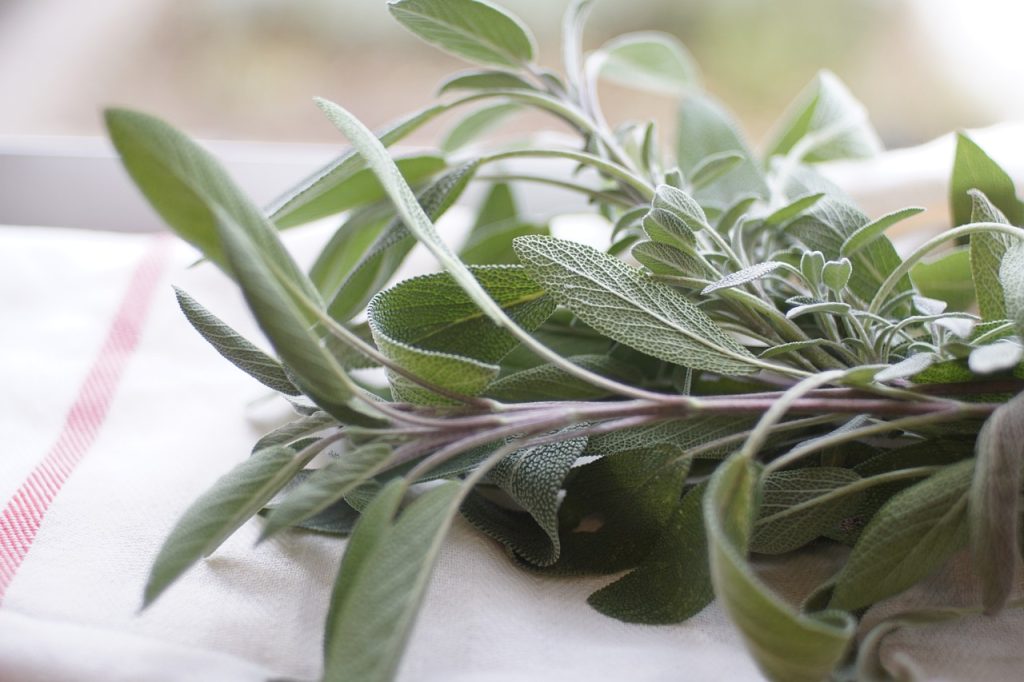 Growing Requirements: Sage needs full sun and well-drained soil. It’s a perennial herb known for its robust flavor, commonly used in various savory dishes.
Growing Requirements: Sage needs full sun and well-drained soil. It’s a perennial herb known for its robust flavor, commonly used in various savory dishes.
Care Tips: Allow the soil to dry out between waterings. Sage is relatively low maintenance, but it benefits from regular trimming to keep it bushy and healthy. Its earthy, somewhat peppery flavor makes it an ideal companion for poultry, stuffing, and roasted vegetables. Fresh sage leaves can also be used in teas or as a fragrant addition to various dishes. The velvety texture of sage leaves adds visual appeal to your herb garden, while its rich flavor makes it an essential herb for flavorful cooking.
Tips for Successful Herb Gardening in Containers
Sunlight
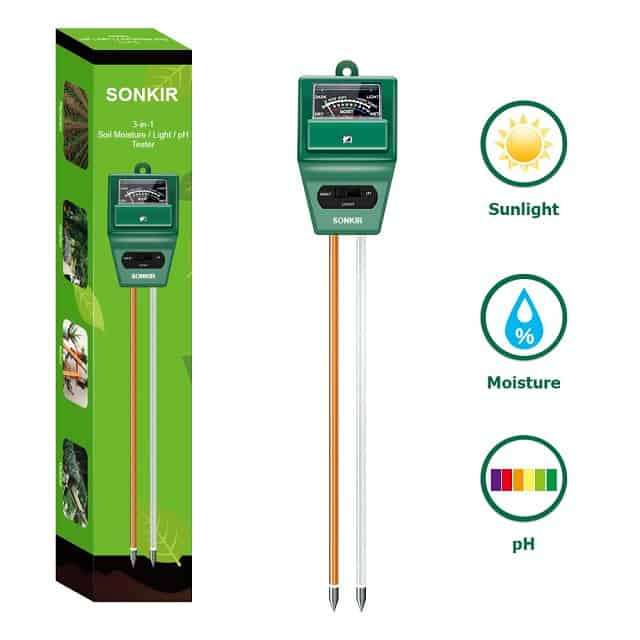
Ensuring your herbs receive adequate sunlight is essential to their growth. Position your containers in locations that provide a minimum of six hours of direct sunlight each day. The more light they receive, the more flavorful and abundant the herbs will be.
Watering
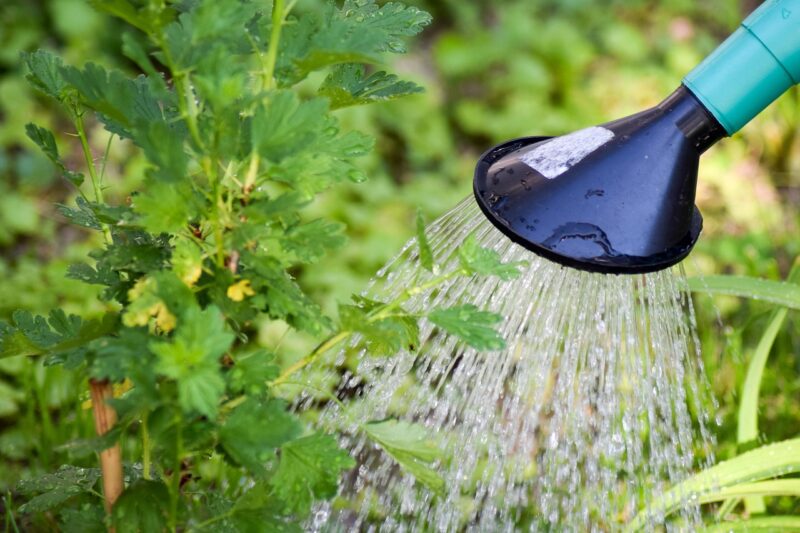
Overwatering is one of the most common pitfalls for beginners. Always check your soil moisture before watering. If the top inch of soil feels dry, it’s time to water. When you do water, ensure it thoroughly saturates the soil and drains through the bottom holes.
Fertilizing
Herbs generally do not require much fertilizer, especially if they have been planted in nutrient-rich compost. A balanced, slow-release fertilizer applied once in the spring is often sufficient. Avoid over-fertilizing, as this can lead to reduced flavor intensity and lush foliage with less essential oils.
Pruning and Harvesting
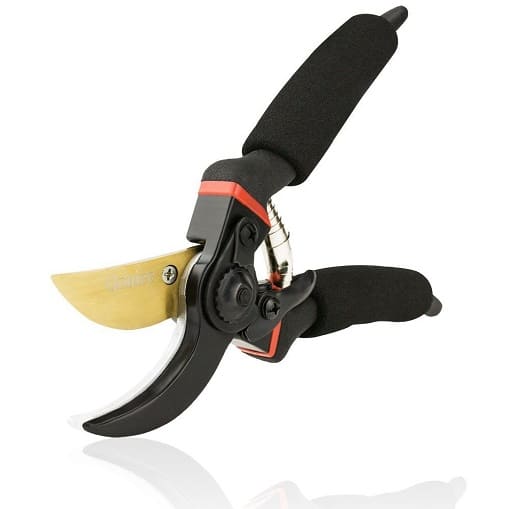
Regularly pruning and harvesting your herbs will promote healthier growth and prevent the plants from becoming leggy. Always use clean, sharp scissors or pruning shears to snip off leaves, and try to harvest in the morning when the essential oils are most potent.
Pest Management

Keep an eye out for common pests such as aphids, spider mites, and whiteflies. If you spot any pests, consider using insecticidal soap or neem oil as an eco-friendly approach to control infestations. Regular inspection helps catch issues early before they escalate.
Overwintering
In colder climates, consider how you will protect your herbs during winter. Some herbs, like rosemary and thyme, may survive outdoors, while others should be brought inside. For indoor herbs, ensure they receive adequate light and maintain moisture levels.
Creating an Indoor Herb Garden
If you lack outdoor space or want to enjoy fresh herbs year-round, creating an indoor herb garden is an excellent option. Here are some tips:
Choose the Right Location: A south-facing window that receives plenty of sunlight is ideal. Consider using grow lights if natural light is insufficient.
Select Suitable Containers: Ensure your indoor pots have drainage holes. Decorative containers can help add aesthetic appeal to your indoor space.
Maintain Humidity: Indoor air, especially in winter, can be dry. Increasing humidity levels around your herbs can help them thrive. Consider using a humidity tray or a room humidifier.
Monitor Temperature: Most herbs prefer temperatures between 60-75°F (15-24°C). Avoid placing them near drafts, heat vents, or air conditioning units.
Final Thoughts
Growing herbs in pots and containers is an incredibly rewarding experience that not only enhances your culinary adventures but also brings a touch of nature into your everyday life. With minimal space and time, anyone can create a vibrant herb garden within their home or balcony. By knowing which herbs to plant and following the essential growing guidelines, you can enjoy the wonderful flavors of fresh herbs year-round.


